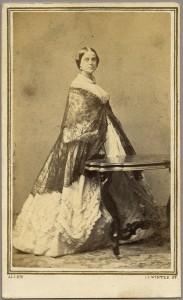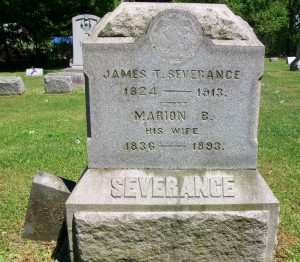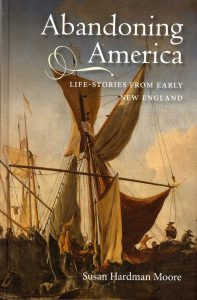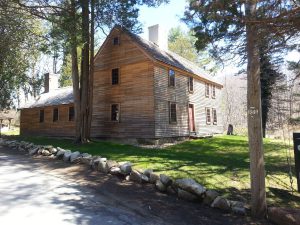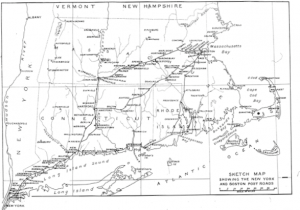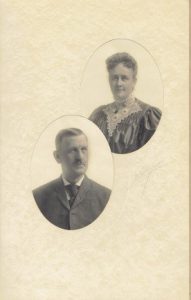
Many of our long-sought ancestors remain elusive despite our best efforts to find their hiding places, creating those inevitable brick walls. “Usually if the spirits want you to find something, you do. And if they don’t want you to find something, they don’t let you into the secret. Trust me.”[1]
One such “spirit” is my father’s step-grandfather, Fred A. Hayward.
Born in Vassalboro, Maine about 1860, one of six children of William C. and Margaret Fletcher (Lynn) Hayward, Fred in 1903 married my widowed great-grandmother Nellie (Ellen Frances Cony Church) as her second husband. I know little about Fred, and most of what I know I draw from what Fred left behind. Continue reading Dead Fred
